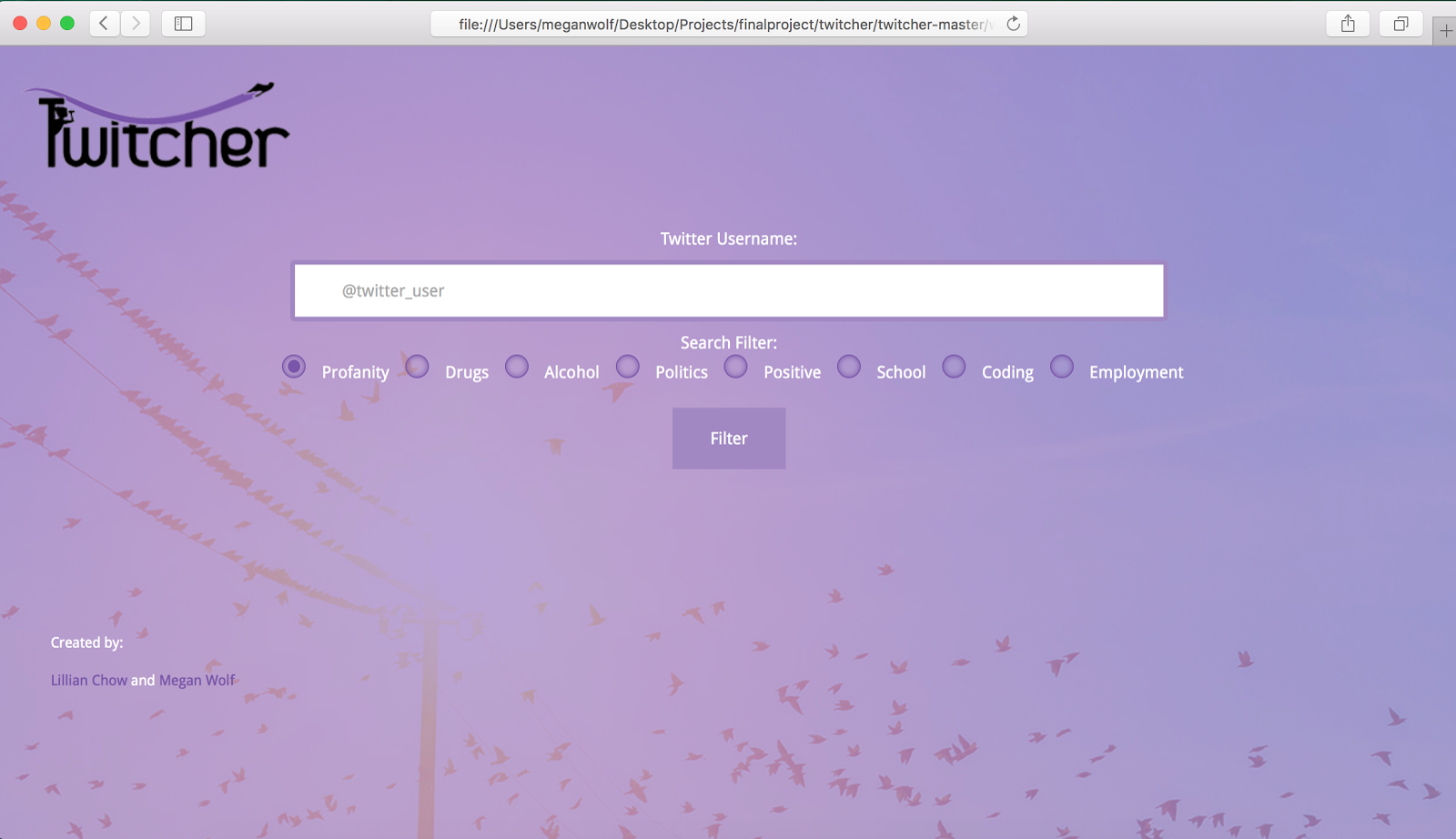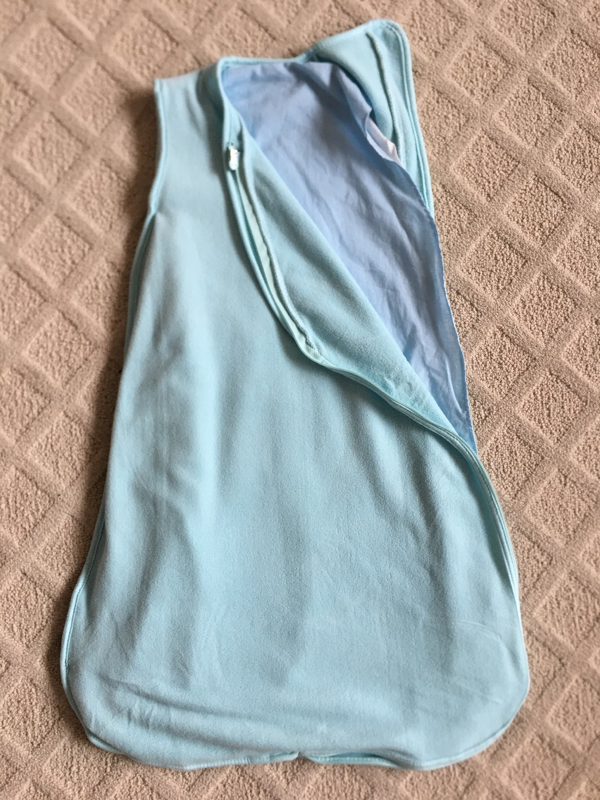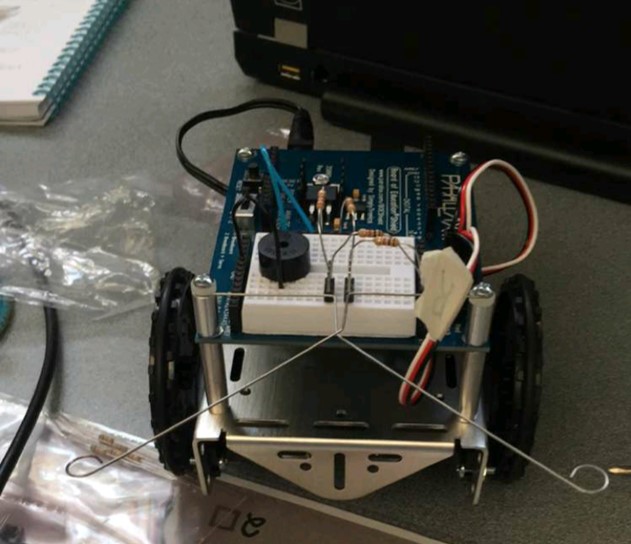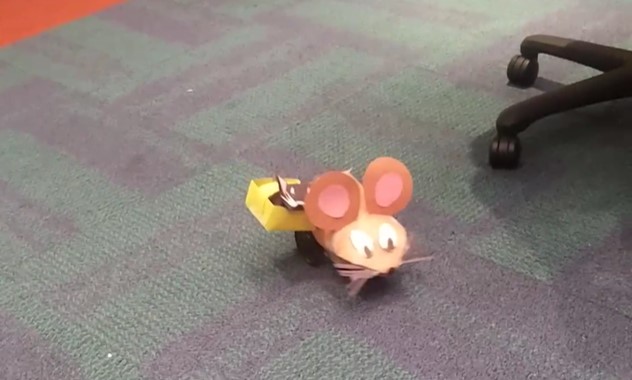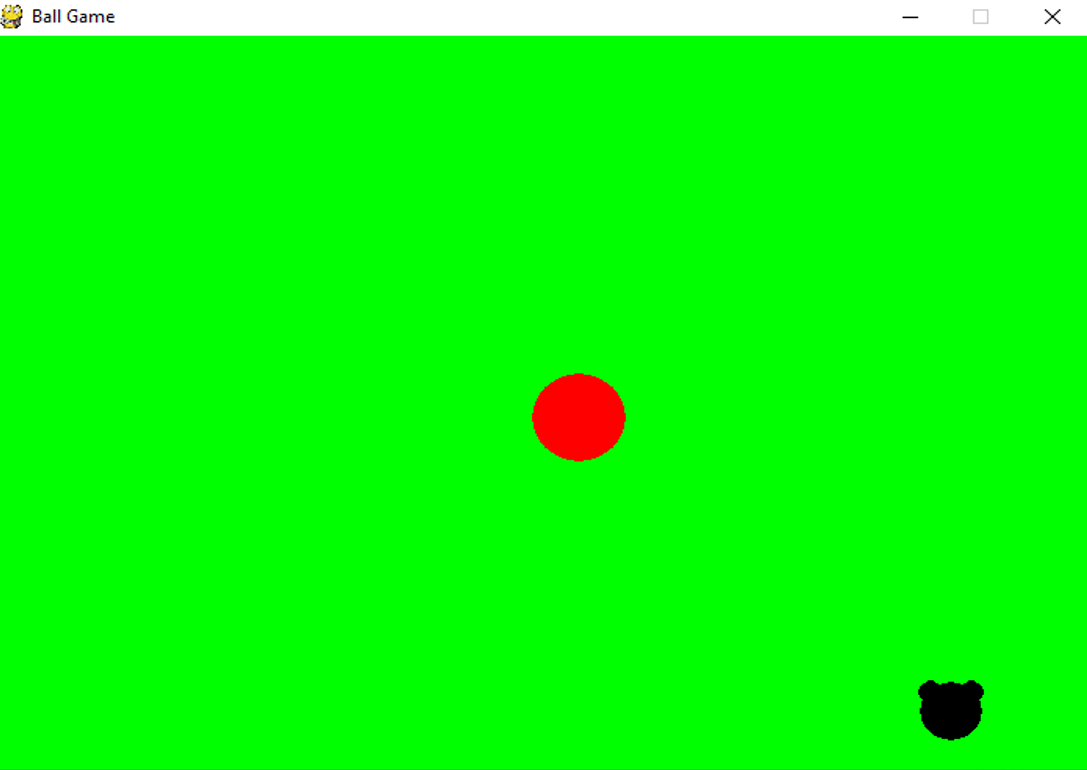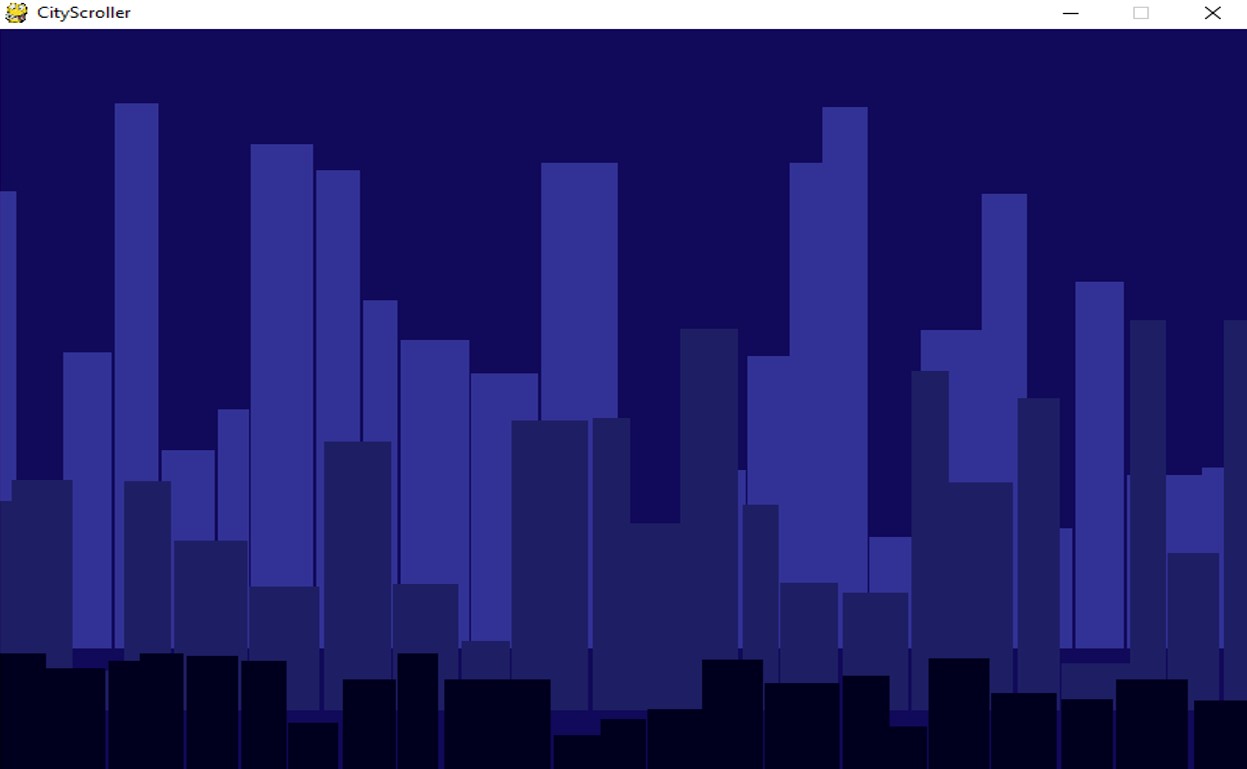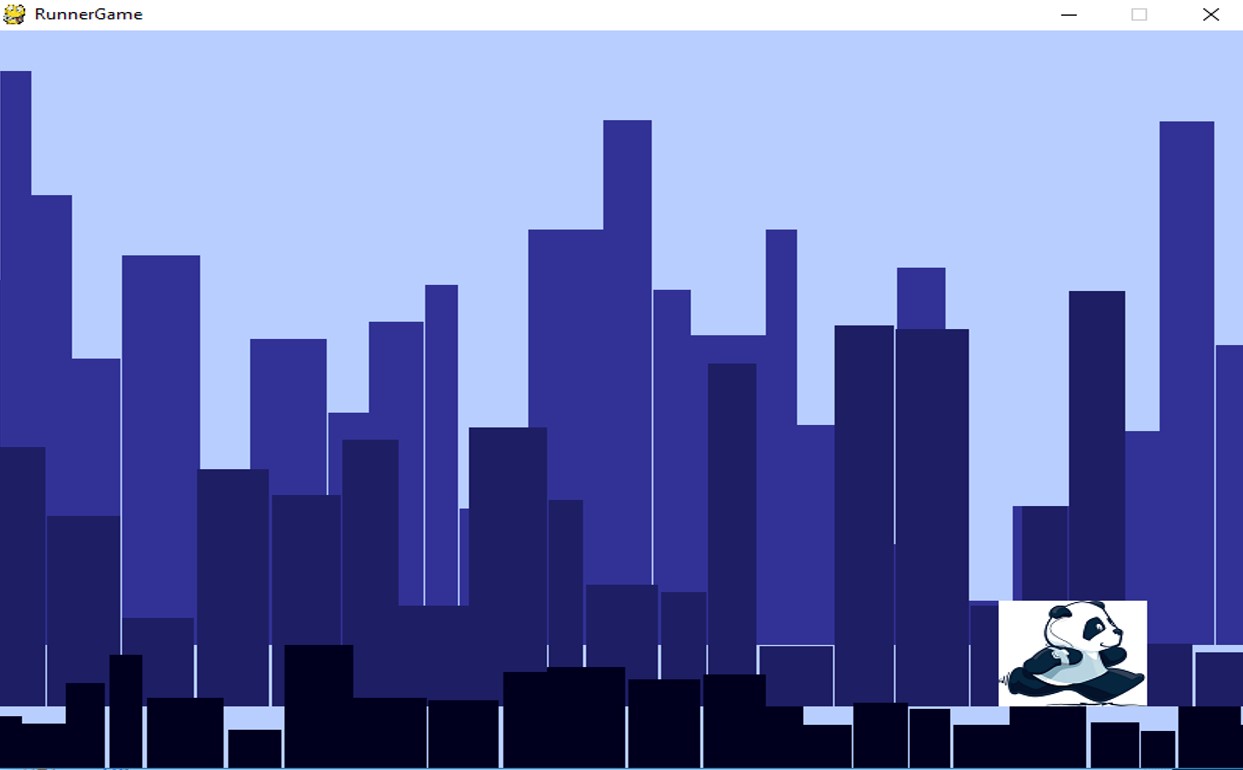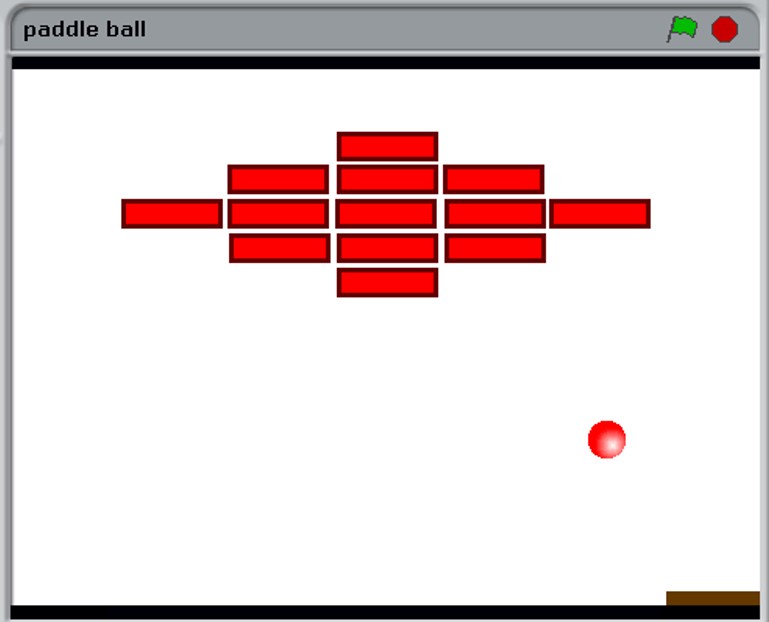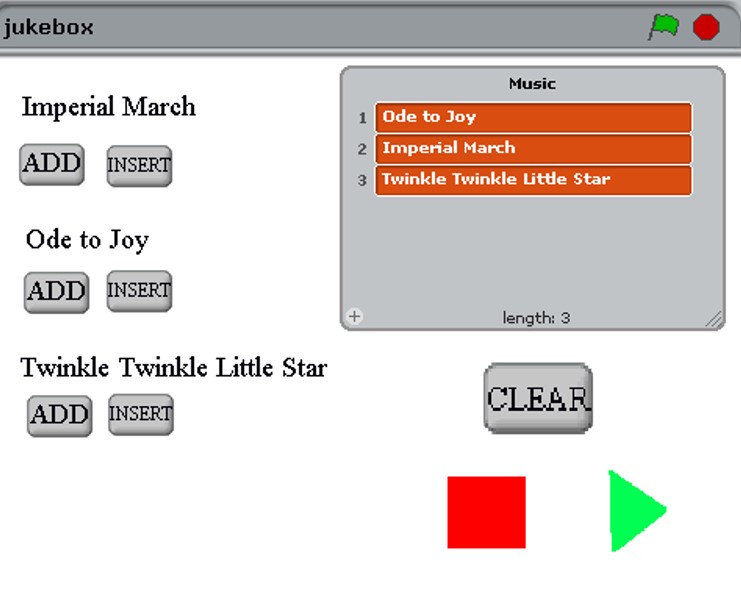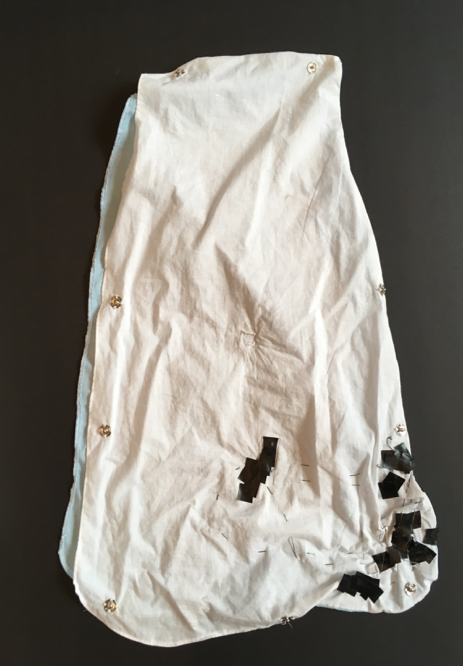About
Welcome!
Hi there! I'm Lillian—a dedicated Product Manager with over three years of experience building and shipping technical software products. I began my PM journey in Fall 2020 with Branch Financial, where I joined a team of ~30 people and helped scale products to meet the needs of a 500+ person organization. This fast-paced growth allowed me to gain invaluable experience right out of college after earning my degree in Information Systems from The Ohio State University in 2021. From managing interns and working cross-functionally to crafting creative technical solutions and navigating complex legal requirements, the startup adventure has been both challenging and rewarding. I remain inspired by our customers, who continue to teach me something new every day—a part of product management that I truly love. My past roles include experiences with Bank of America, Google, The Kroger Co., and Procter & Gamble, where I honed skills in data analysis, software development, and customer engagement. I specialize in consumer-facing websites, B2B API integrations, technical engineering work, data-driven decision making, and backend infrastructure—all with a focus on optimizing workflows, driving customer-centric innovations, and delivering high-impact results. Beyond my professional pursuits, I’m deeply committed to making a positive impact. I volunteer with Habitat for Humanity, mentor young women in tech through NPower and Rewriting the Code, and work with kids at One Church. A lifelong explorer, I’ve traveled to all seven continents and spend my free time hiking, baking (including my brothers' wedding cake!), knitting, and enjoying the outdoors. Let’s connect to explore new opportunities for collaboration, innovation, and meaningful change!
Résumé


